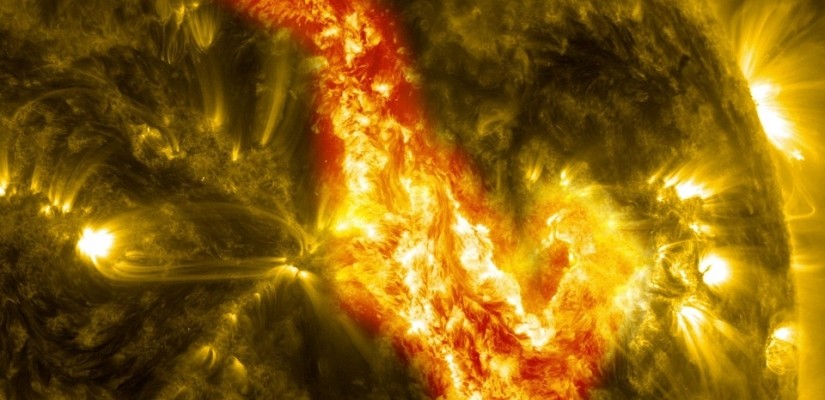As the world is racing for alternative energy sources, many are turning towards wind and solar power. Some companies and scientists, however, have directed their attention at fusion energy. Promising enormous volumes of zero-carbon energy, fusion may become a viable option in the long run.
Some may be skeptical about the fact that fusion energy is nuclear power generated in reactors. The process of fusion energy production, however, differs from common fission reactions in existing nuclear power plants. Emulating fusion reactions that fuel the Sun and the stars, scientists are striving to compress two light elements, such as hydrogen isotopes, into one element with immense heat and pressure. Such experiments require temperatures reaching a range of millions of degrees Celsius or Fahrenheit. During the process, the total mass of the two atomic nuclei is reduced as they become one, and the resulting mass surplus is released as energy. Scientists and engineers are testing various fusion methods, but one is crystallizing as the prevalent design. The inside of a fusion facility will likely harbor a donut-shaped unit called a tokamak that is filled with atom-rich plasma. In contrast to fusion-generated power, fission reduces the mass of an atom to create energy by splitting the nucleus of a heavy element. This makes fission the reverse of fusion.
As of January 2019, about 20 companies have started projects to advance fusion energy research. The world’s biggest initiative is the International Thermonuclear Experimental Reactor (ITER), a 25-billion-USD collaboration between the European Union, Japan, India, China, Russia, South Korea, and the United States that is located in southern France. Smaller tokamaks designs include the DIII-D in the US and the Joint European Torus (JET) in the United Kingdom. China and Canada are also investing in fusion energy innovations. China’s Institute of Plasma Physics reportedly achieved a new breakthrough when it heated the plasma inside its Experimental Advanced Superconducting Tokamak (EAST) up to 100 million degrees Celsius (180 million degrees Fahrenheit) in late 2018.
Benefits of this innovation include the sheer amount of energy that could be generated, exceeding current yield levels from natural oil and gas or traditional nuclear power plants. Moreover, fusion energy does not produce carbon emissions like fossil fuels and is reportedly safer than fission-sourced power. Proponents of this new form of energy production also highlight that reactions in fusion facilities differ from fusion reactions in hydrogen bombs. These weapons set in motion an uncontrolled fusion process and depend on an additional fission reaction to detonate.

Fusion-based energy, however, entails several risks and challenges. Conditions on Earth are unlike those of the Sun. Reproducing natural processes of the Sun through innovations in engineering is a challenge that has yet to be fully overcome. The key here is to elevate superconducting magnet technology to a level that enables a successful fusion. Latest experiments fail because the electricity input to operate a reactor is greater than the energy output. According to estimates, the serial production of fusion reactors is a matter of the long-term future. First prototypes may produce energy by 2040. An additional obstacle that needs to be cleared is sufficient funding. Investors looking for immediate returns may be deterred by the fact that this is an undertaking requiring another two, three decades to deliver relevant successes. Some skeptics doubt whether fusion projects will be successful at all. Furthermore, the nuclear energy industry could be divided over this new development if existing fission reactors will face extinction as a consequence.
A determining factor in advancing fusion innovation could be machine learning, a sub-branch of artificial intelligence (AI). In order to make fusion-based power production more predictable and, hence, safer, machine learning software analyzes and evaluates nuclear reactions. Common software delivers results on plasma behavior within several minutes, whereas machine learning software provides behavioral predictions within fragments of seconds. Such real-time assessments will help to improve subsequent experiments.
Researchers particularly concentrate on deep learning, a sub-category of machine learning, to approach goals. Deep learning resembles human behavior to the extent that both are flexible and learn from past experiences. Such software automates tasks independent of prescribed instructions from human operators. Deep learning technology can process highly complex information and may enable technicians to efficiently forecast and control fusion reactions. This will mitigate the risk of disruptions and, by extension, damage. If the power of fusion is harnessed in a safe manner and sustained by sufficient funding, AI-backed nuclear fusion could potentially become an operable energy alternative of the future.
